Ruth Manning-Sanders: 'She was certain that it was every child’s birthright to visit a world of enchantment and occasional terrors'
Nursery favourite Ruth Manning-Sanders believed it was every child’s birthright to enter a world of enchantment and occasional terrors, where good always triumphs over evil, discovers Matthew Dennison.
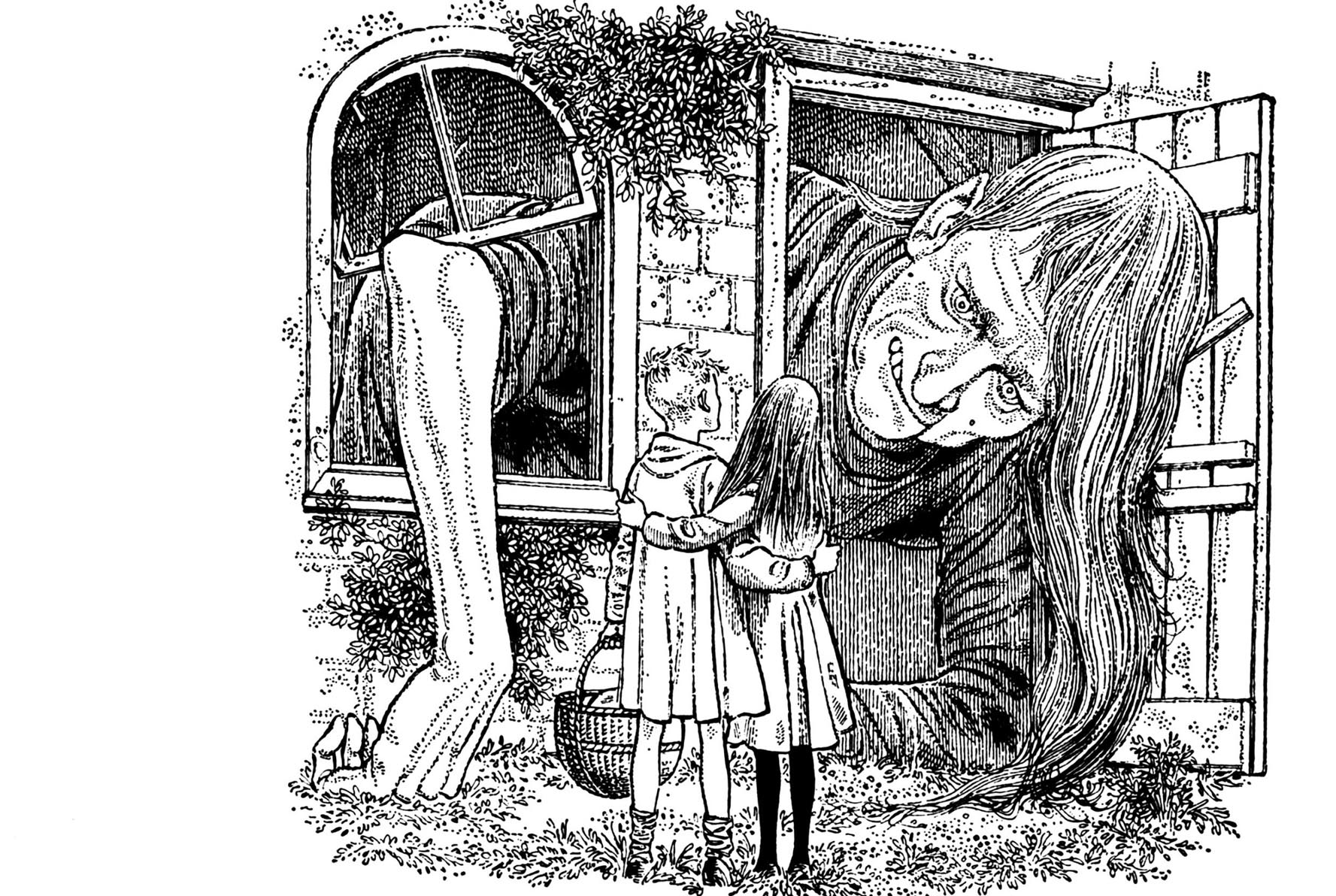
Poet-turned-folklorist Ruth Manning-Sanders understood the powerful attraction of fairy tales for readers. ‘In the end,’ she wrote in the foreword to A Book of Princes and Princesses, published in 1969, ‘it all comes right: the enemy is defeated, the princess freed, and the prince may sheathe his sword; the prince and princess can get married and settle down together to live happily ever after.’ Manning-Sanders was well placed to reach a judgement. Beginning 60 years ago, she published more than 20 well-received anthologies of fairy tales.
The writer was already in her mid seventies when she embarked on the series of titles for Methuen that earned her a place on nursery bookshelves across the English-speaking world. From the outset, she cast her net wide. Helped in her research by her artist daughter Joan, she gathered fairy tales from different continents and epochs, from the 12th-century Kashmiri story she re-wrote as Stupid Head to an Inuit tale called The Caribou Wife and, from Madagascar, The Monster with Seven Heads.
Humour and warmth characterised her retellings; her prose style was deceptively simple, its apparent sparseness learned in the pre-war years in which poetry was her chief focus. True to the didacticism that was a feature of much age-old storytelling, Manning-Sanders offered punishments to malefactors, reassurance and rewards to the pure in heart. ‘In the fairytale world,’ she told her young readers, ‘however powerful and ugly the evil may be, that evil can never finally stand its ground against the valour of the brave, the good, and the beautiful.’
"Good and bad, kind and cruel, stupid and clever, cunning and straight... but, with courage and perseverance, they triumph over all their troubles"
She was certain that the age of magic lay far behind us in the past; like other writers for children, she was equally certain that it was every child’s birthright to be helped to revisit this world of enchantment and occasional terrors. Her own childhood, she remembered, had been ‘extraordinarily happy… with kind and understanding parents and any amount of freedom’. She was born in Swansea, on August 21, 1886, the youngest of the three daughters of an English Unitarian minister, John Manning. The sense of right and wrong that afterwards pervaded her writing for young readers betrayed her early exposure to Christian teachings: of traditional happy endings, for example, she wrote in Folk & Fairy Tales: ‘Not true to life, you say? Well no, not in the worldly sense perhaps. But in the heavenly sense, profoundly true.’
Although Virginia Woolf, Manning-Sanders’s publisher at the Hogarth Press, later described her as Welsh, in truth, the author had no memories of her birthplace. When she was three, the family moved from Wales to north-west England; they spent holidays in the Scottish Highlands, staying on a farm where the youngster was delighted by local folk tales recounted by the elderly farmer’s wife. All three Manning girls were imaginative: their favourite games included writing and performing their own plays. Ruth’s decision to study English as an undergraduate surprised none of her family; she won a Shakespeare scholarship to Manchester University.
It was not academia or the theatre, however, but the circus that became the author’s first career — an unexpected twist of fate prompted by her marriage, in 1911, to George Sanders (the couple combined their names following their marriage). Sanders was an artist from Cornwall, but, for two years, joined Rosaire’s touring circus, taking his wife with him and living for much of the time in a horse-drawn caravan. Ruth’s participation in circus performance appears to have been limited to occasional elephant riding, but she spent much of the off-season winter months drawing performers and their animals. Circuses later inspired several of her books for children, including Circus Boy of 1960.

Despite its unconventional beginnings, the couple’s early married life was overwhelmingly happy. In a poem published in 1919, Ruth imagined herself in a loved one’s room: ‘And mid these things that I love and that love me I sit,’ she wrote, ‘whilst the wind of the world goes clamouring through the eaves… for there is nothing to me so sweet as the coming of your steps.’ They had two children: a daughter, Joan, born in 1913, then, in 1915, a son, David. Although they left Rosaire’s, the family’s lifestyle remained peripatetic: from rented houses in Cornwall and Sussex, they moved briefly to the south of France, before returning to George’s native Cornwall, settling in Sennen Cove near Land’s End.
Sign up for the Country Life Newsletter
Exquisite houses, the beauty of Nature, and how to get the most from your life, straight to your inbox.
Partly as a result of their itinerance, Ruth and George employed a governess called Florence Bridge to educate both children at home: Joan, an artistic prodigy, remembered it as an intensely creative atmosphere. She completed her first professional commission when she was 11; at 16, she became the youngest artist to exhibit in the Royal Academy’s Summer Exhibition.
In the meantime, publication of Ruth’s first volume of poems in 1919 — The Pedlar, and Other Poems — brought her to the attention of Woolf, who published the next two books, a narrative poem called Karn and a second collection, Martha Wish-You-Ill. Woolf des-cribed the commercially disappointing Karn as ‘a long poem by a short fat poetess’ and declined to publish The City, which won the Blindman Poetry Prize for 1926. Thirty years would pass before the first of the Manning-Sanders collections of fairy tales, but The City revealed Ruth’s interest in traditional narrative forms: the poem was a ballad and, in the words of one critic, ‘her language, forms, rhythms, characters and images all refer to the primitive spirit in poetry’.
This ‘primitive spirit’, with its roots in the earliest storytelling, lies at the heart of the enduring appeal of Ruth Manning-Sanders’s fairy-tale collections, alongside the excitement that sustained her until her death at the age of 102, in 1988, at what she identified as the perennially appealing ‘fairy-tale mixture’: ‘good and bad, kind and cruel, stupid and clever, cunning and straight, with the hero or heroine having a really tough time of it; but, with courage and perseverance, they triumph over all their troubles, and bring themselves, and us, to rejoice together in a happy ending’.
With thanks to Ilona Boyle
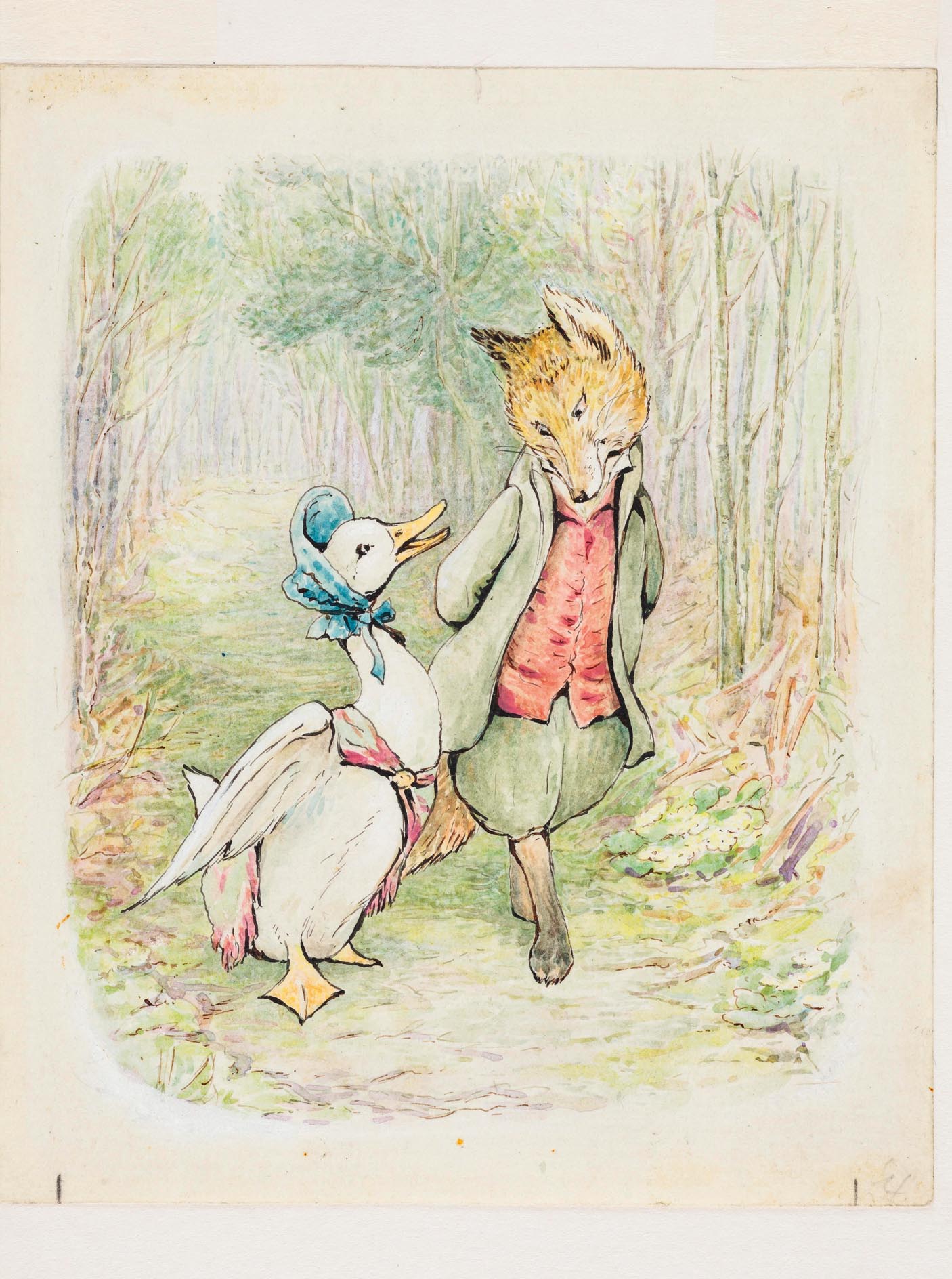
In Focus — Beatrix Potter: Remarkable, doughty, gifted, intimidating, and a child who just never grew up
Beatix Potter's unforgettable children's stories have left an indelible mark on the cultural life of Britain. Here, her biographer Matthew
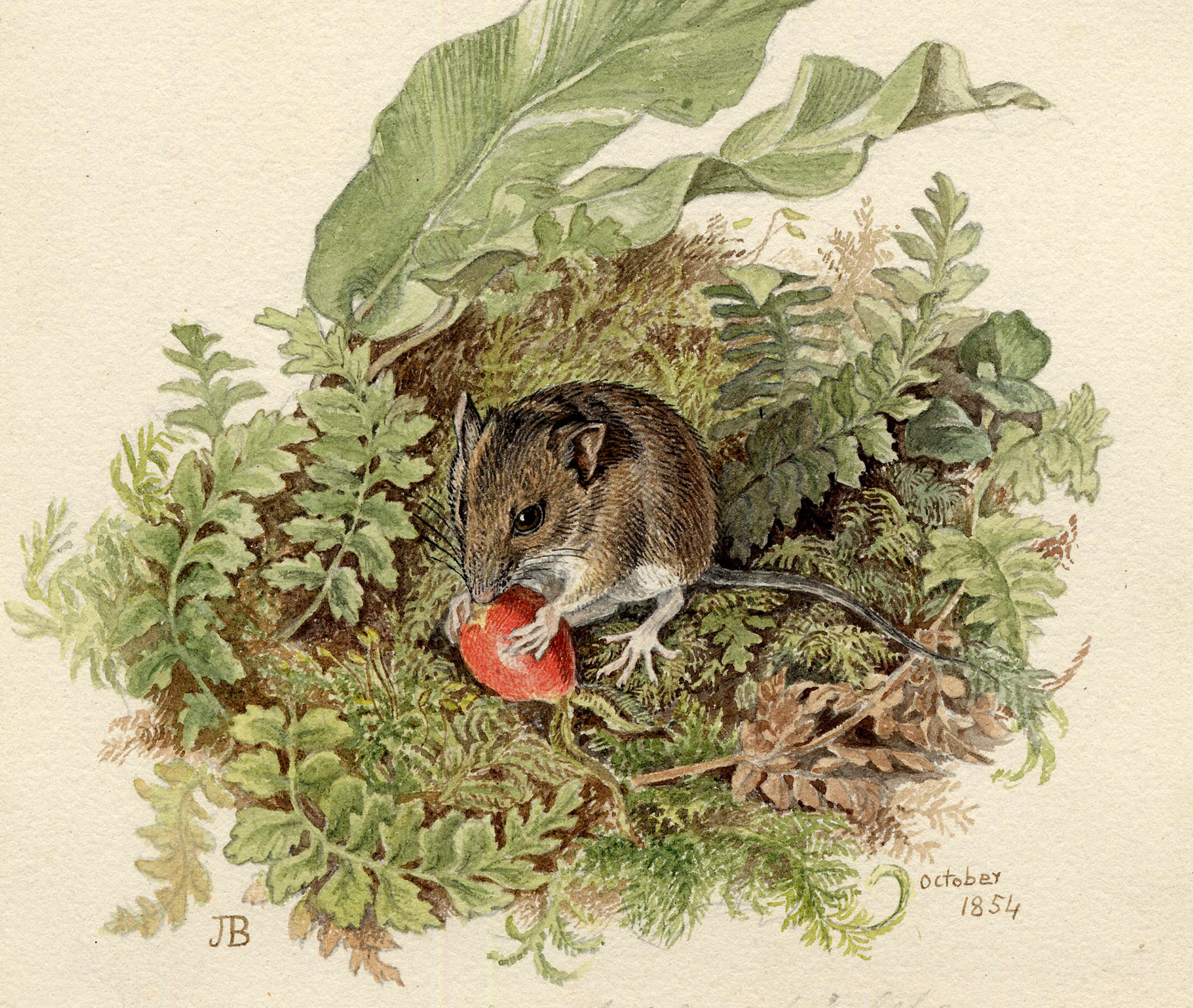
In Focus: Jemima Blackburn, the extraordinary artist of nature who became the real-life Jemima Puddle-Duck
Once regarded as a rival to Bewick and Audubon, but now largely forgotten, ornithological artist Jemima Blackburn (1823–1909) was a
-
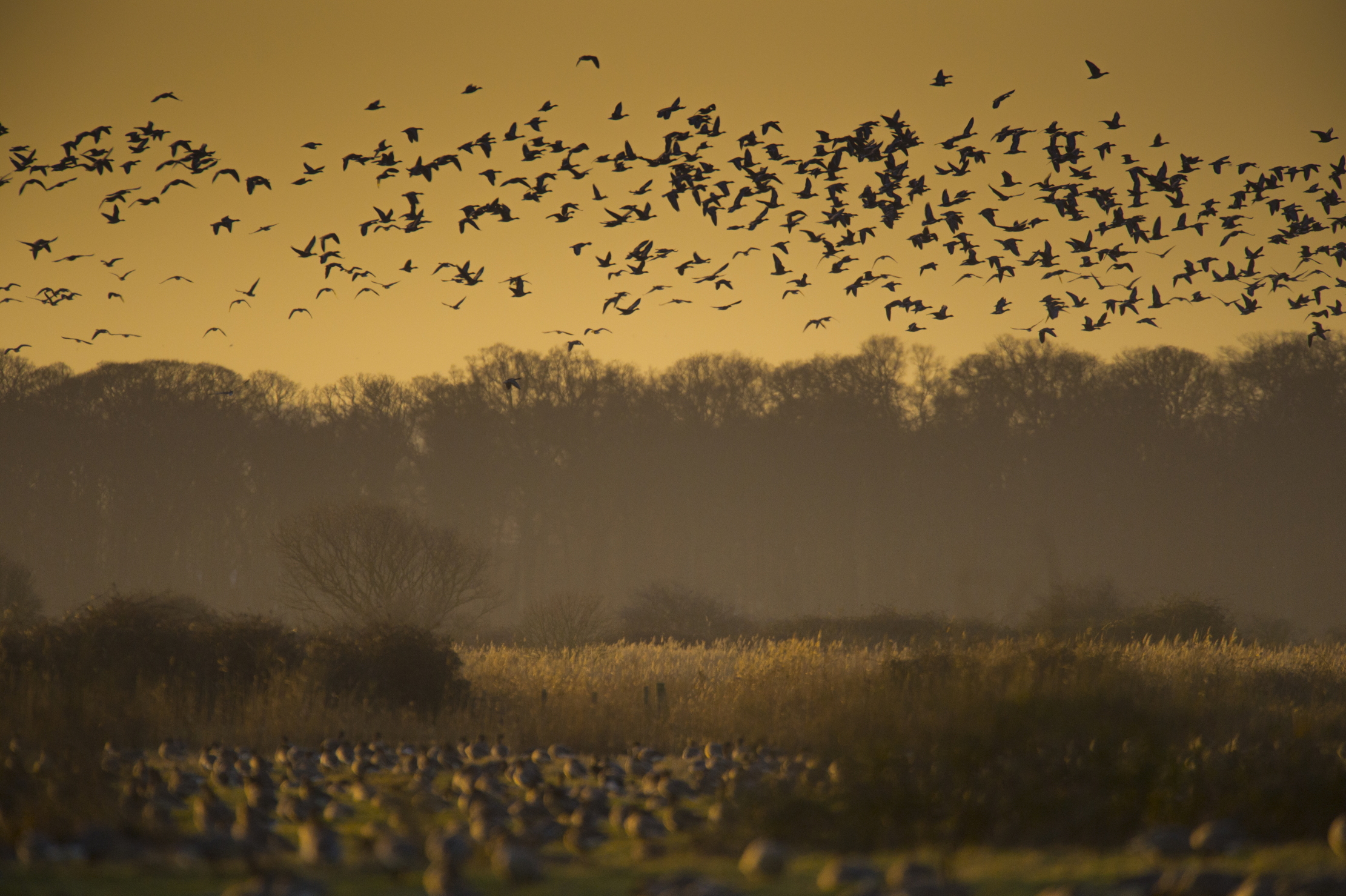 How an app can make you fall in love with nature, with Melissa Harrison
How an app can make you fall in love with nature, with Melissa HarrisonThe novelist, children's author and nature writer Melissa Harrison joins the podcast to talk about her love of the natural world and her new app, Encounter.
By James Fisher
-
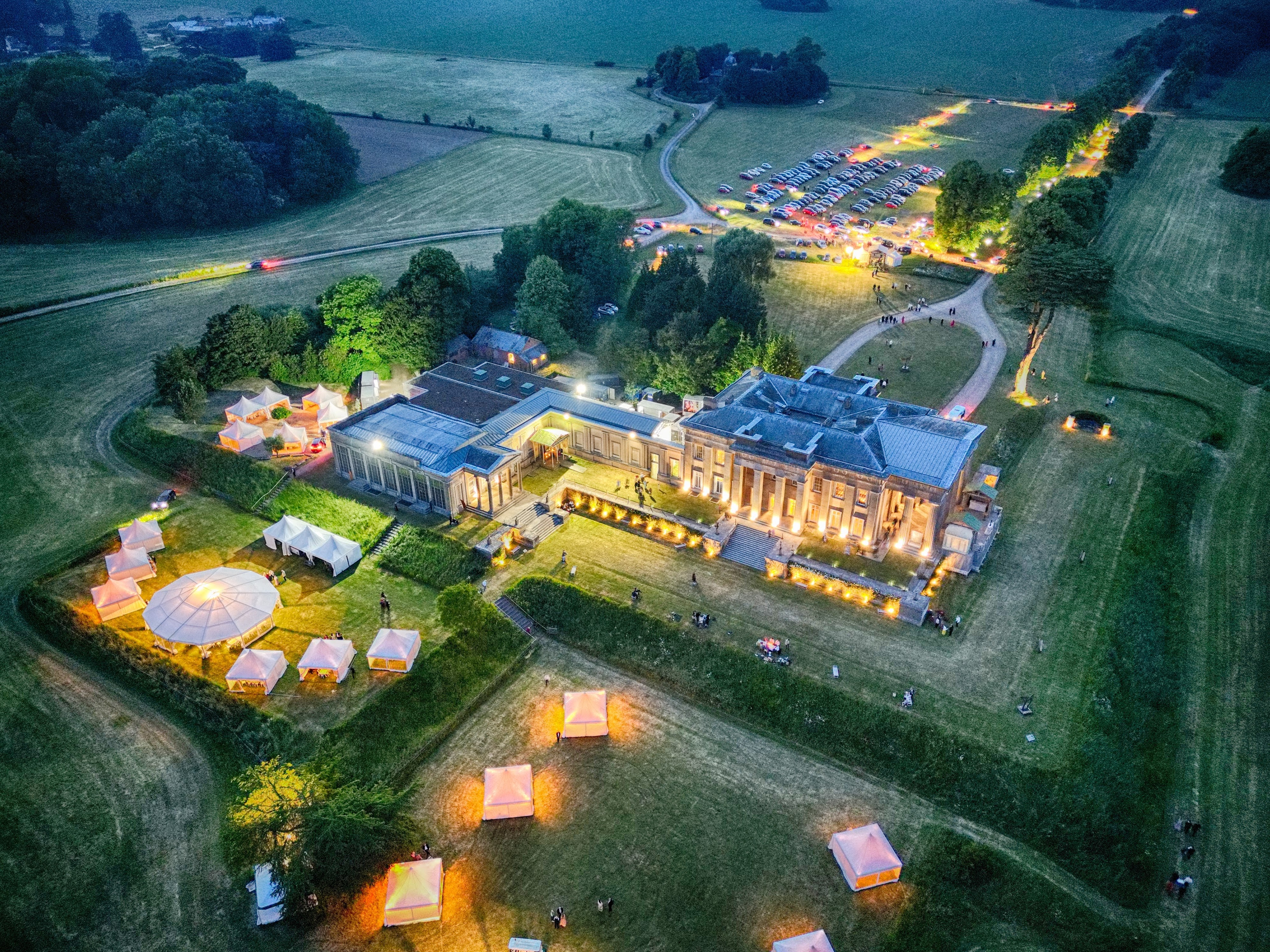 'There is nothing like it on this side of Arcadia': Hampshire's Grange Festival is making radical changes ahead of the 2025 country-house opera season
'There is nothing like it on this side of Arcadia': Hampshire's Grange Festival is making radical changes ahead of the 2025 country-house opera seasonBy Annunciata Elwes
-
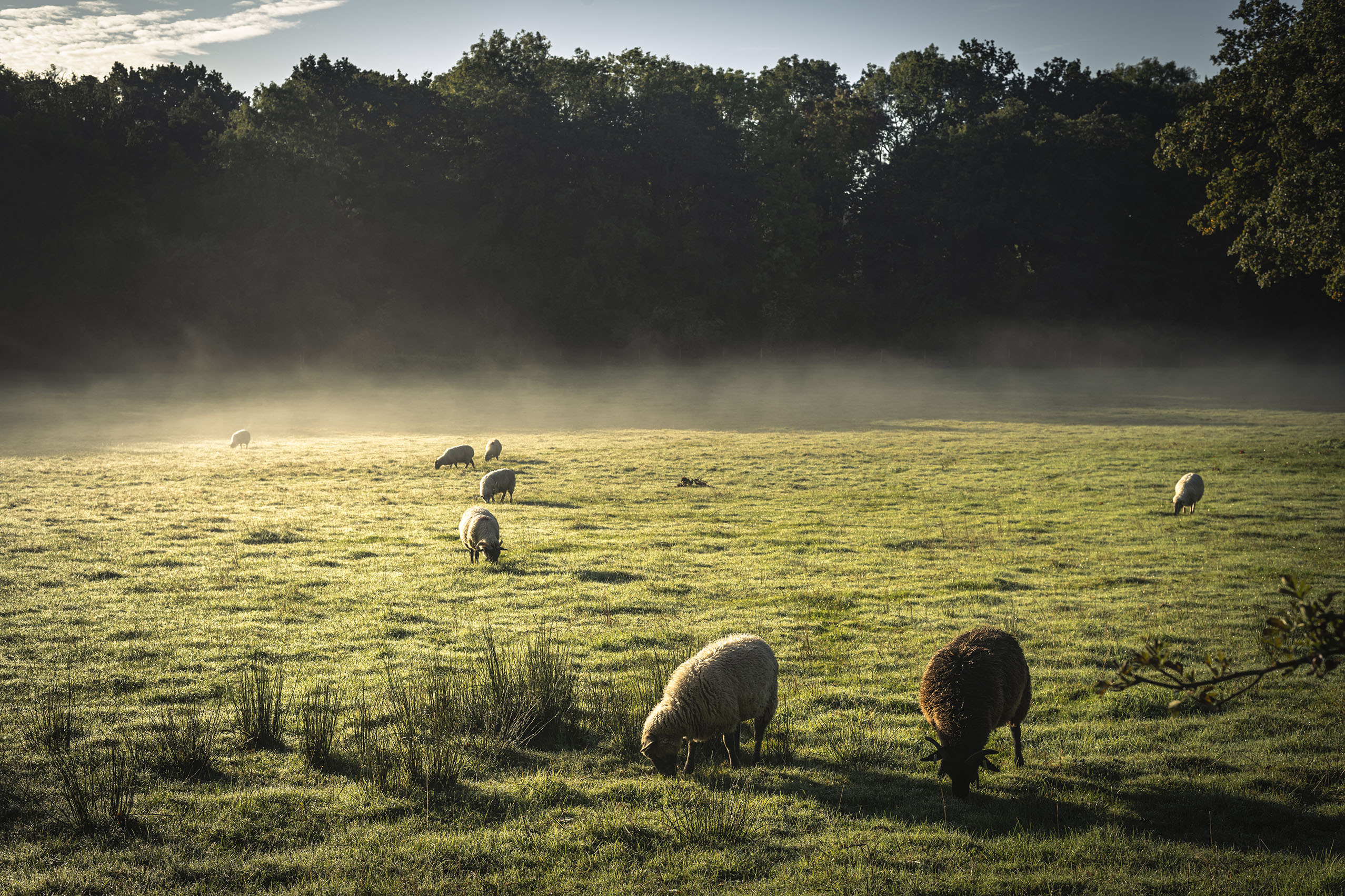 The Wisdom of Sheep, by Rosamund Young: An exclusive extract for Country Life
The Wisdom of Sheep, by Rosamund Young: An exclusive extract for Country LifeRosamund Young, best-selling author of 'The Secret Life of Cows', has a new book out book called 'The Wisdom of Sheep & Other Animals'. We have an exclusive extract for Country Life readers.
By Rosamund Young
-
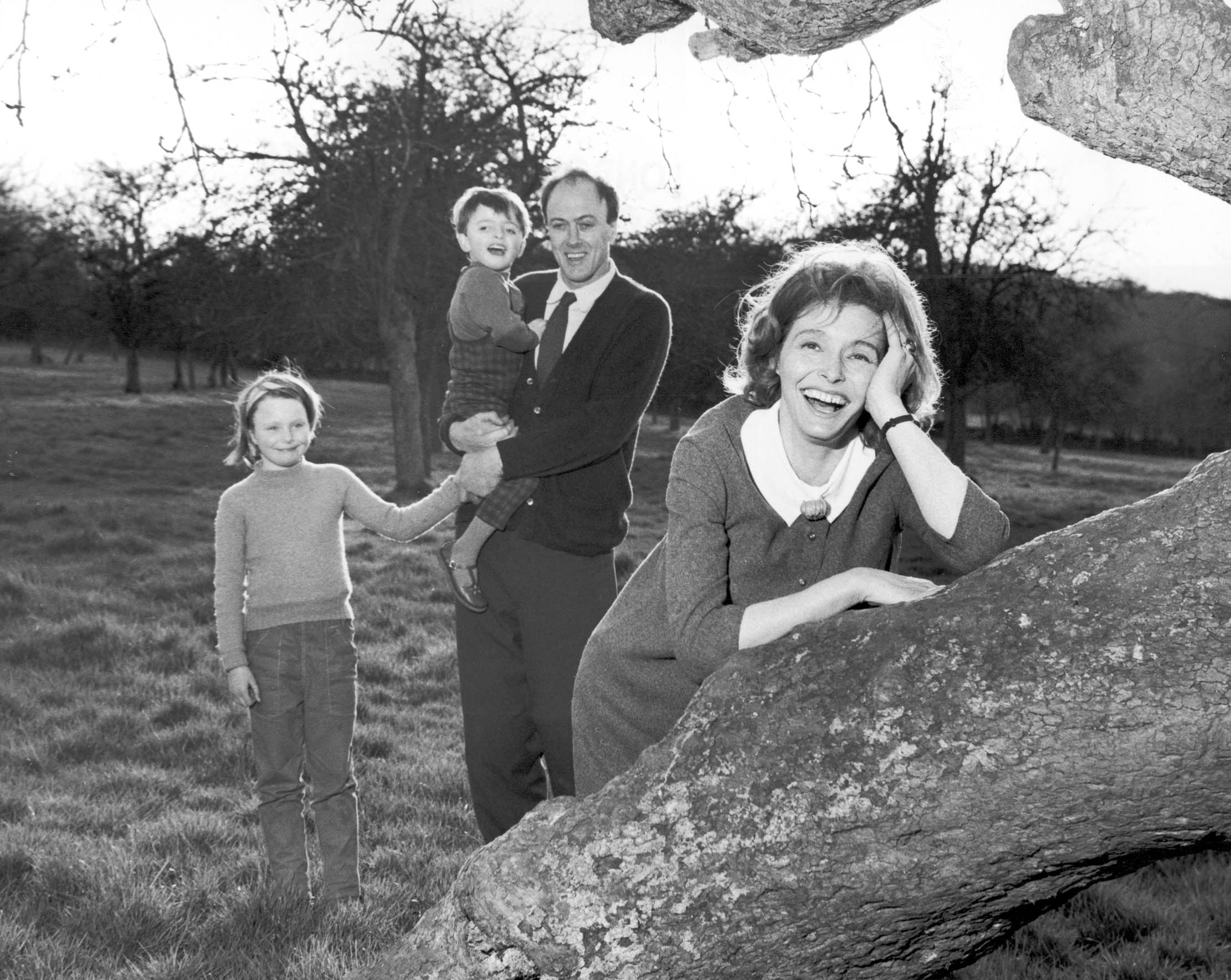 In Focus: How Roald Dahl's love of the countryside shaped his life's work
In Focus: How Roald Dahl's love of the countryside shaped his life's workThe countryside filled the Matilda author Roald Dahl with joy and proved a constant source of inspiration, as Matthew Dennison reveals in a new biography of the prolific storyteller.
By Matthew Dennison
-
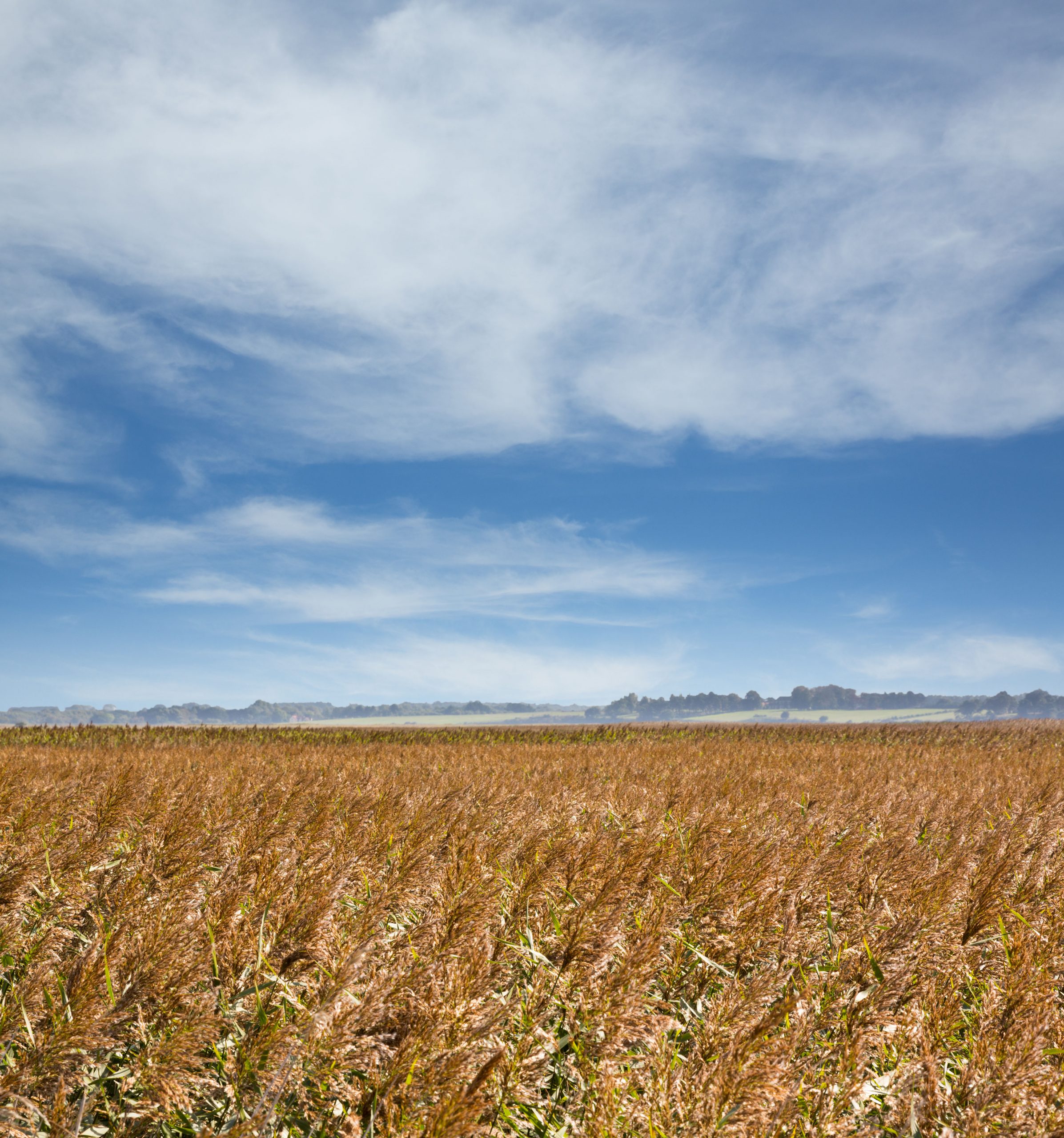 The American airman's portrait of 1940s England that portrays a world that's already disappeared
The American airman's portrait of 1940s England that portrays a world that's already disappearedA chance encounter with a book stall opens the eyes of our columnist Agromenes as he sees England through the eyes of an American airman.
By Country Life
-
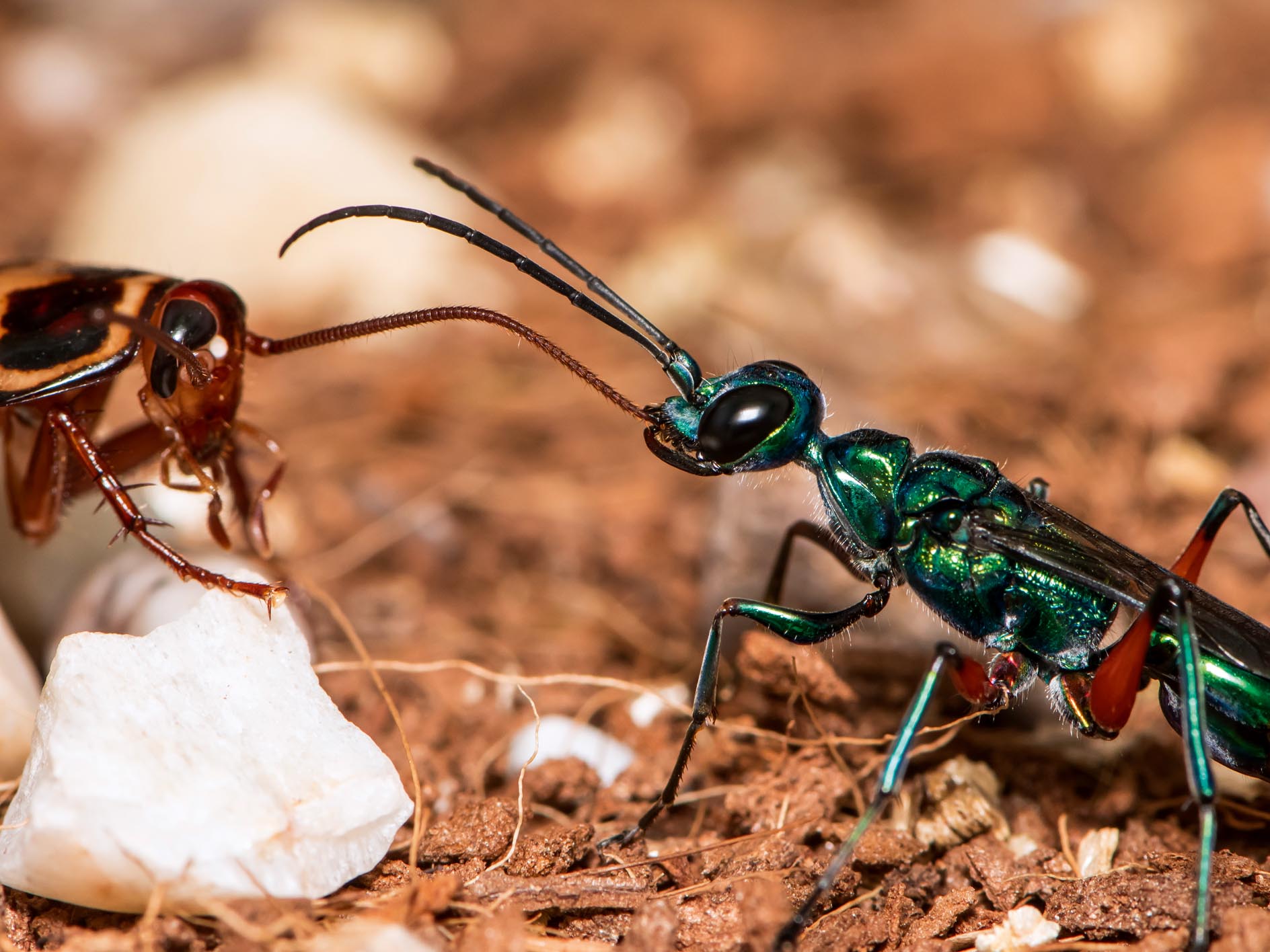 Curious Questions: Should you get rid of wasps?
Curious Questions: Should you get rid of wasps?Yes, they're a pain at your summer barbecue, but wasps are also voracious predators of other insects — and some of Nature’s most important pest controllers. Seirian Sumner, author of ‘Endless Forms: The Secret World of Wasps’, explains a few of the reasons that you might want to hold off calling the pest controller — and, indeed, why you it might be time to start providing wasp nesting houses in your garden, alongside that designer bee hotel.
By Country Life
-
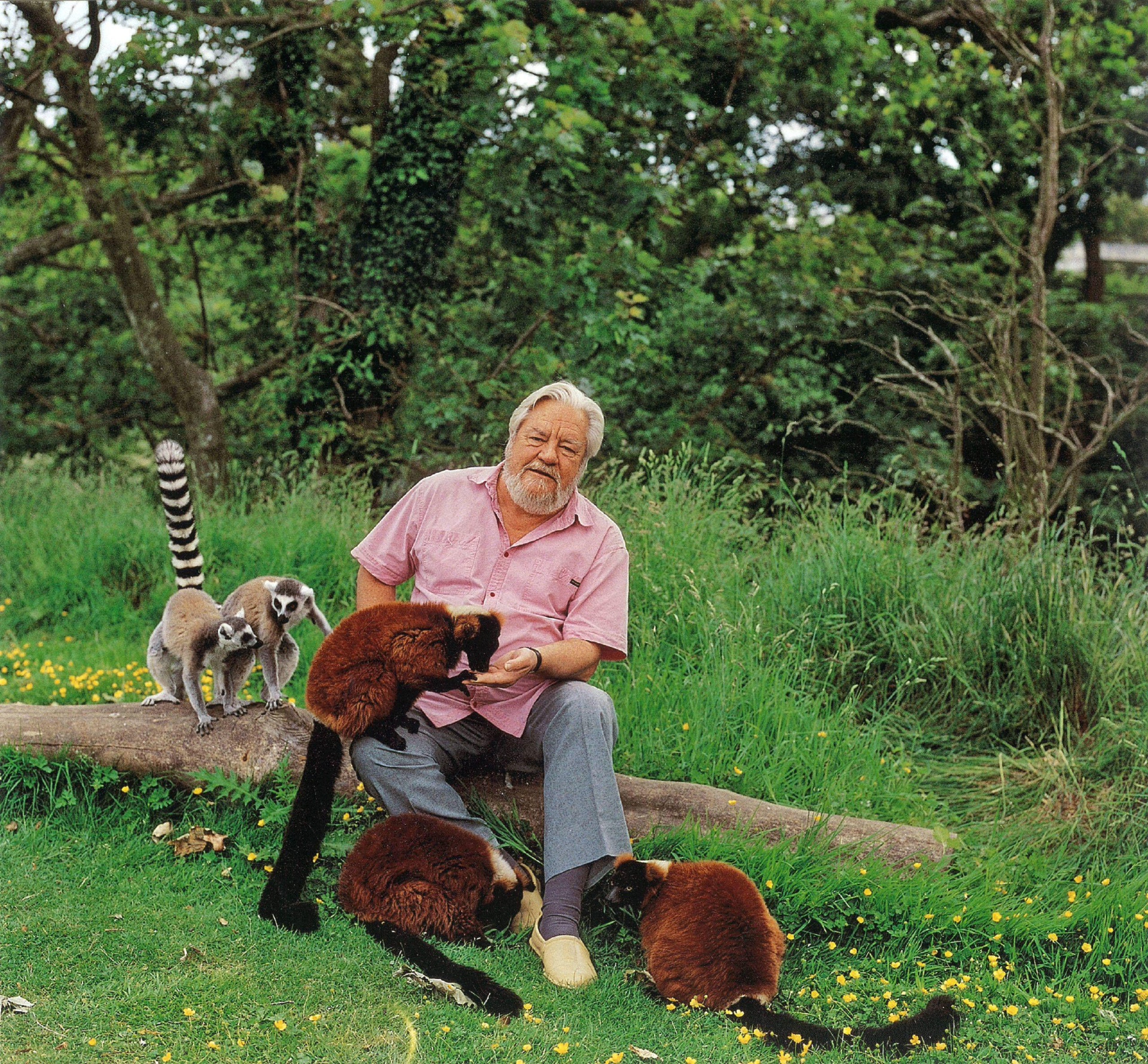 In Focus: Gerald Durrell, the 'pioneer with a marvellous sense of humour'
In Focus: Gerald Durrell, the 'pioneer with a marvellous sense of humour'The author, conservationist and avid nature-lover describes his childhood in Corfu with the 'recollections of a child in a kind of earthy paradise,' in his book, My Family and Other Animals, finds Jack Watkins.
By Jack Watkins
-
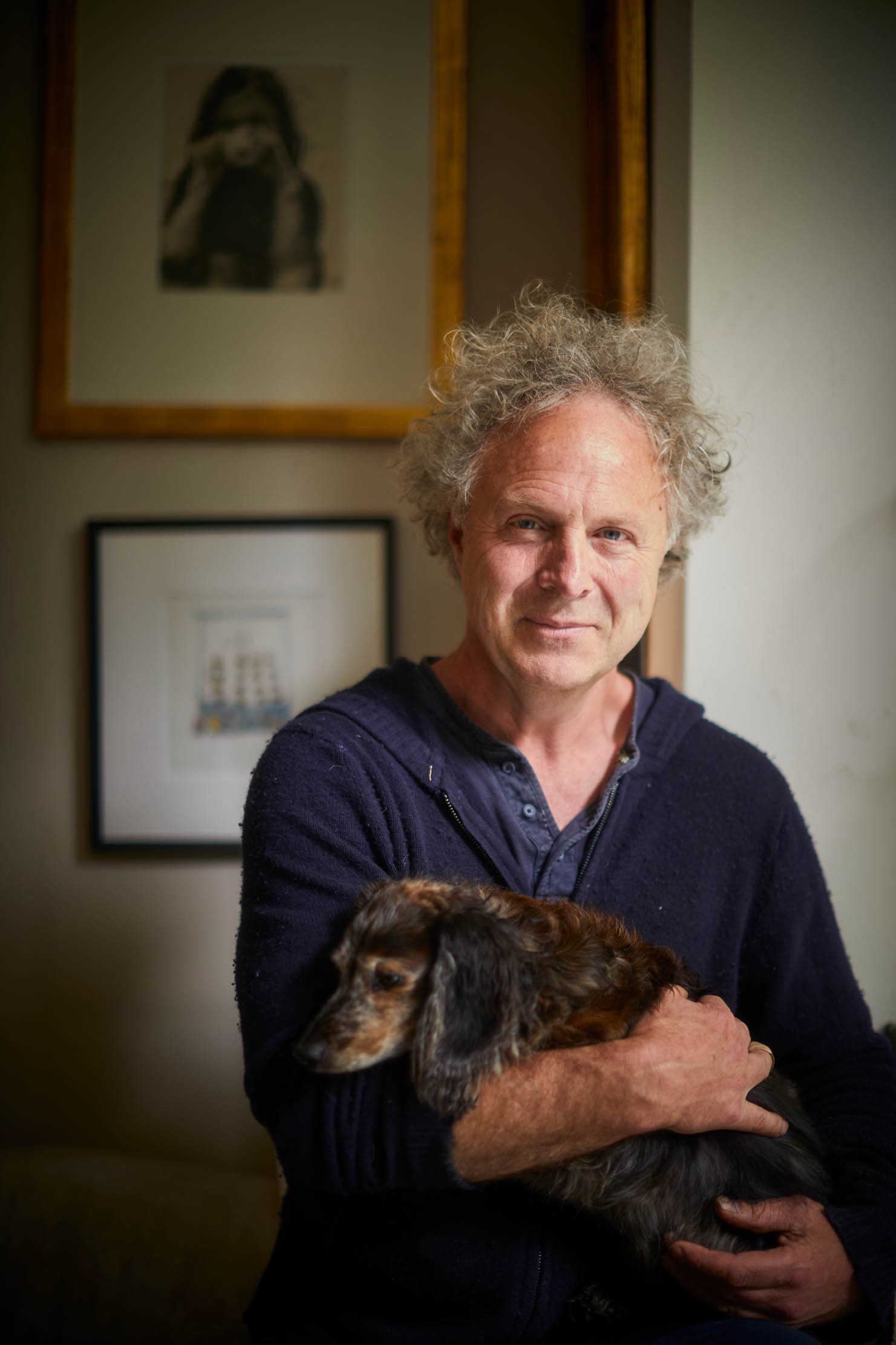 Charlie Mackesy on The Boy, the Mole, the Fox and the Horse: 'It's humbling... The reaction was beyond anything I ever imagined'
Charlie Mackesy on The Boy, the Mole, the Fox and the Horse: 'It's humbling... The reaction was beyond anything I ever imagined'Charlie Mackesy is the author and illustrator of The Boy, the Mole, the Fox and the Horse, the bestselling — and hugely poignant — book that celebrates kindness and understanding. He spoke to Katy Birchall about why there’s no shame in showing weakness and asking for help.
By Katy Birchall
-
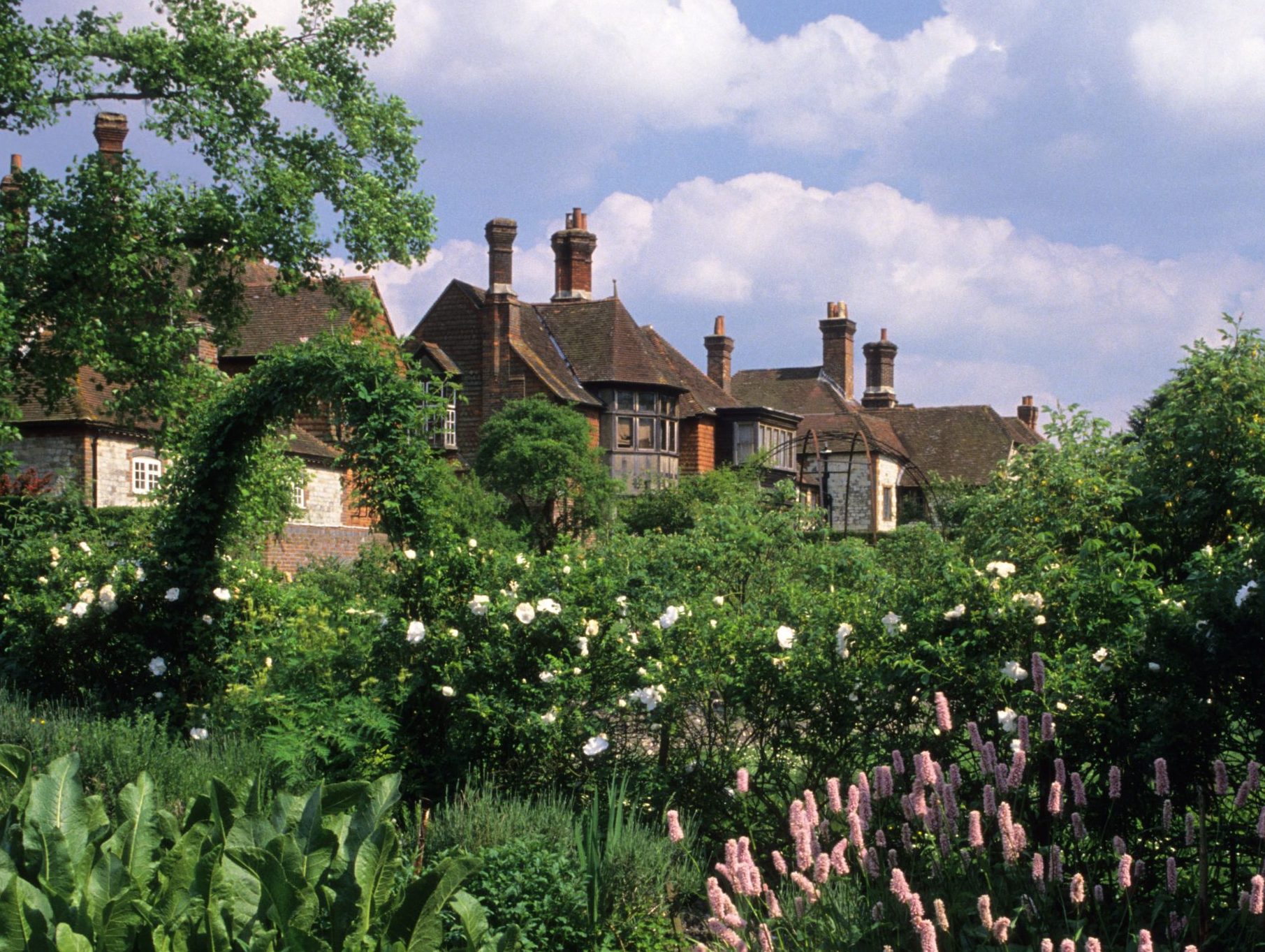 Gilbert White: The naturalist whose poetic but precise words changed how we see the world
Gilbert White: The naturalist whose poetic but precise words changed how we see the worldThe writings of churchman and naturalist Gilbert White are as beautifully exquisite as they are scientifically precise. 300 years from his birth and John Lewis-Stempel
By Toby Keel
-
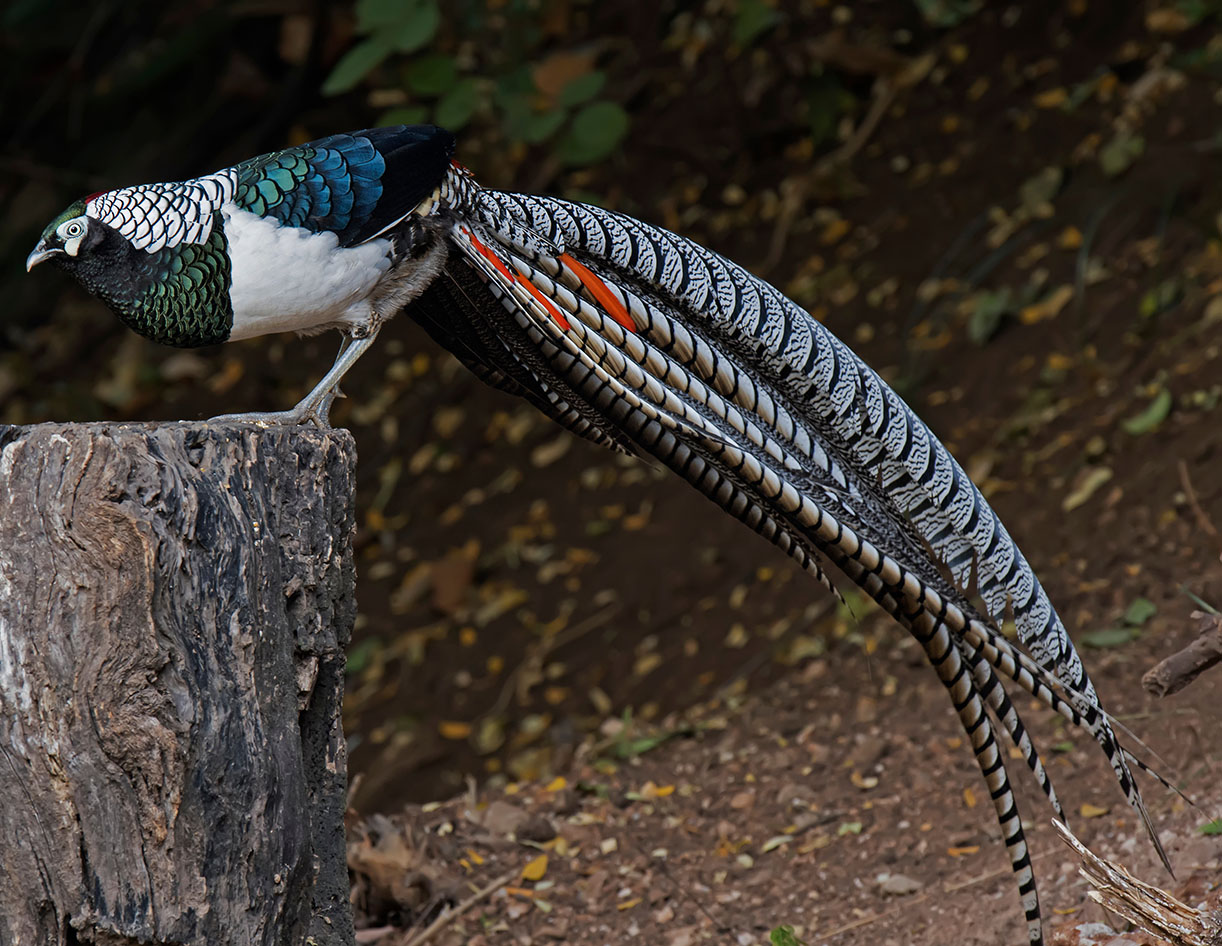 A celebration of pheasants, 'some of the most beautiful birds in the world'
A celebration of pheasants, 'some of the most beautiful birds in the world'We tend to think of pheasants as a relatively ordinary sight, but they're among the world's most beautiful birds — and they're being celebrated in a handsome new book.
By James Fisher